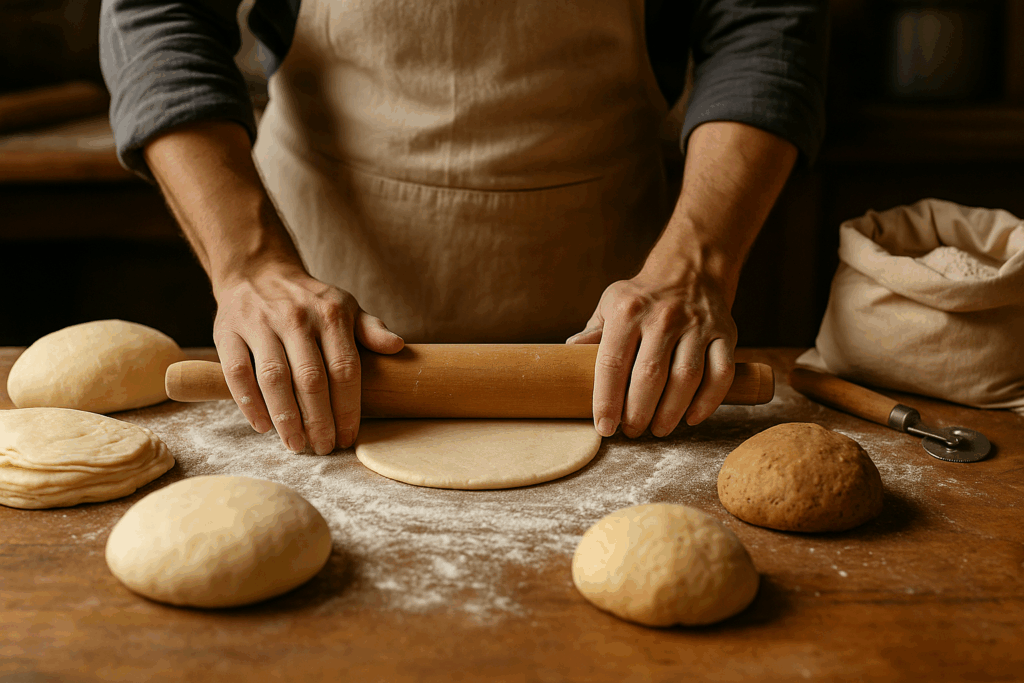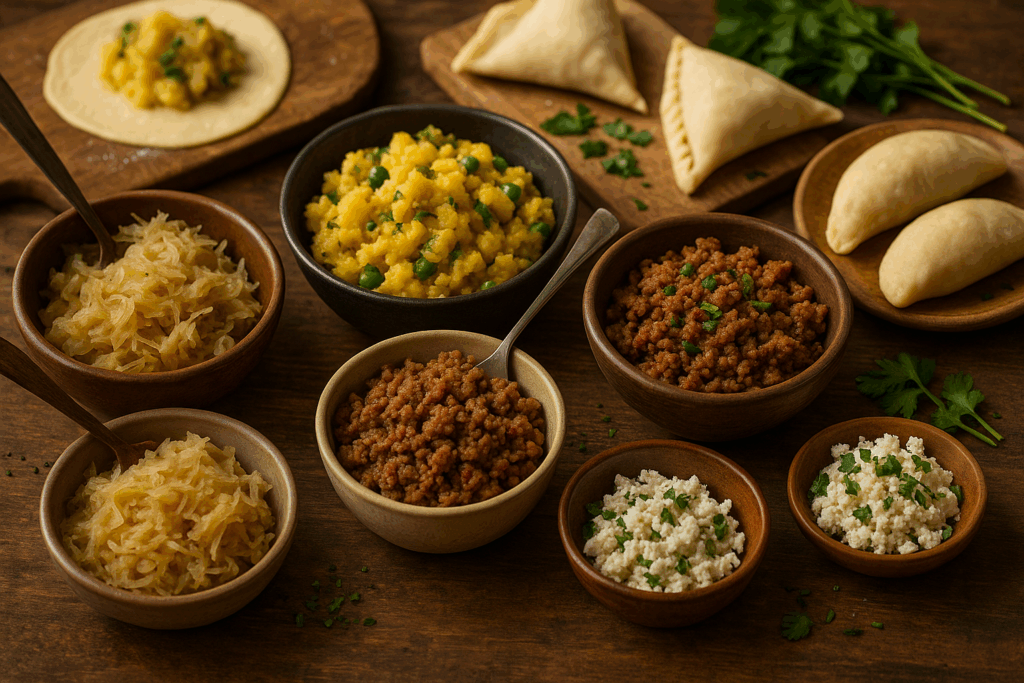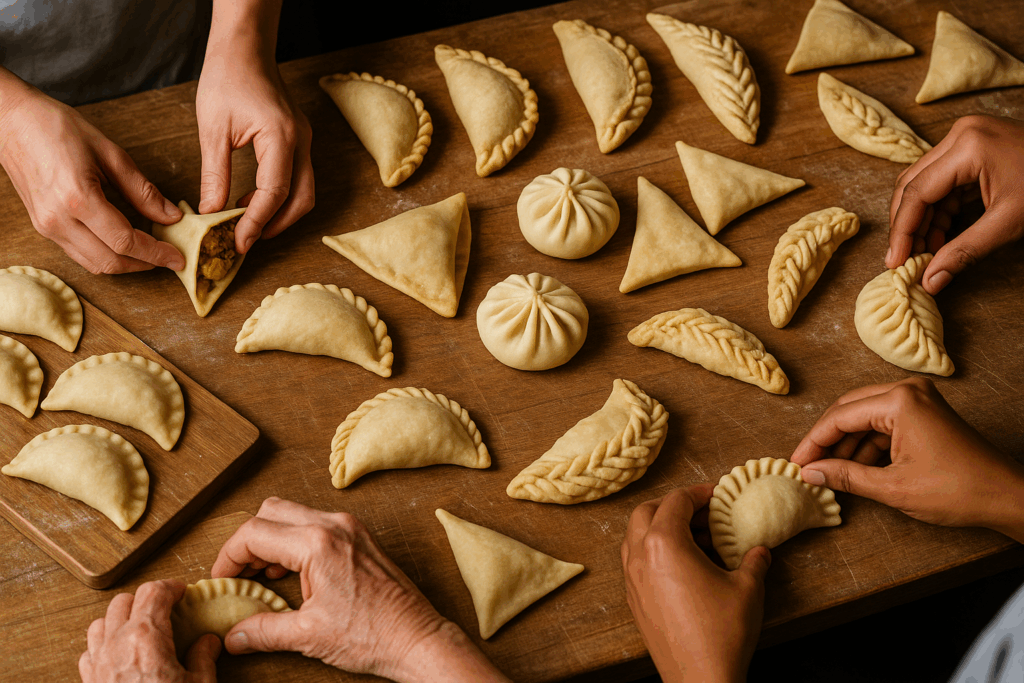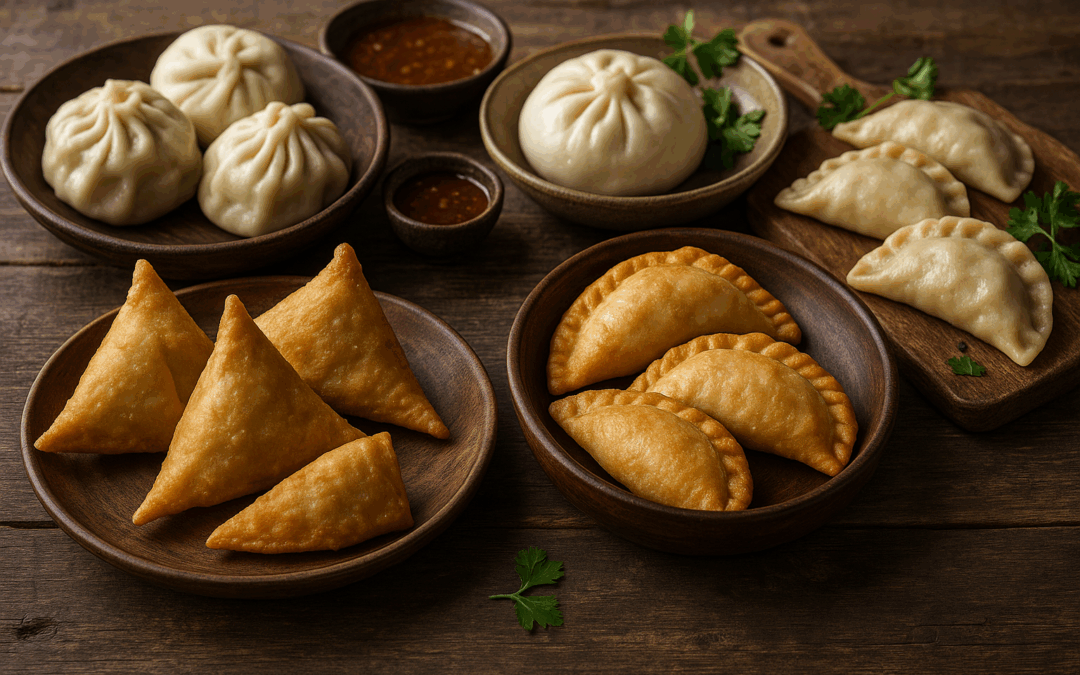Whether fried, baked, steamed, or boiled, filled pastries are universal comfort food. Nearly every culture has a signature version of dough wrapped around something savory or sweet—each with unique shaping, cooking, and filling traditions. From Latin American street food to Eastern European holiday fare, these hand-held delights are far more than just snacks—they’re edible cultural ambassadors.
Rolling with Tradition: How Dough Defines the Dish

The texture and type of dough set the stage for each culture’s unique pastry. Empanadas often use buttery or corn-based doughs that crisp up beautifully when baked or fried. Samosas require a stiff, unleavened dough that holds its shape in hot oil, while dumplings like pierogi or momos call for softer, more pliable doughs that can be steamed or boiled without breaking. Mastering the dough means mastering the foundation of each region’s culinary tradition.
Filling the Flavor: Ingredients that Tell a Story

From spiced potatoes in Indian samosas to tangy sauerkraut in Polish pierogi or seasoned ground beef in Argentinian empanadas, the fillings are where local flavors shine. In many cultures, fillings are tied to both geography and occasion—cheese-stuffed khachapuri for breakfast, meat-filled Chinese baozi for lunch, or sweet guava pastelitos for dessert. Some are simple and rustic; others are elaborate blends of herbs, proteins, and spices meant to reflect a family’s history or a region’s bounty.
Shaped by Culture: Form, Function, and Presentation

Beyond taste, the shape and presentation of filled pastries vary widely and often have meaning. Half-moons, triangles, crescents, and folds aren’t just aesthetic—they often signal the contents or origin. Crimped edges on Cornish pasties once served a practical purpose for miners, while decorative pleats on dumplings can indicate culinary skill. Some pastries are made to be shared, others are made for travel, and all carry traditions that span generations and continents.

